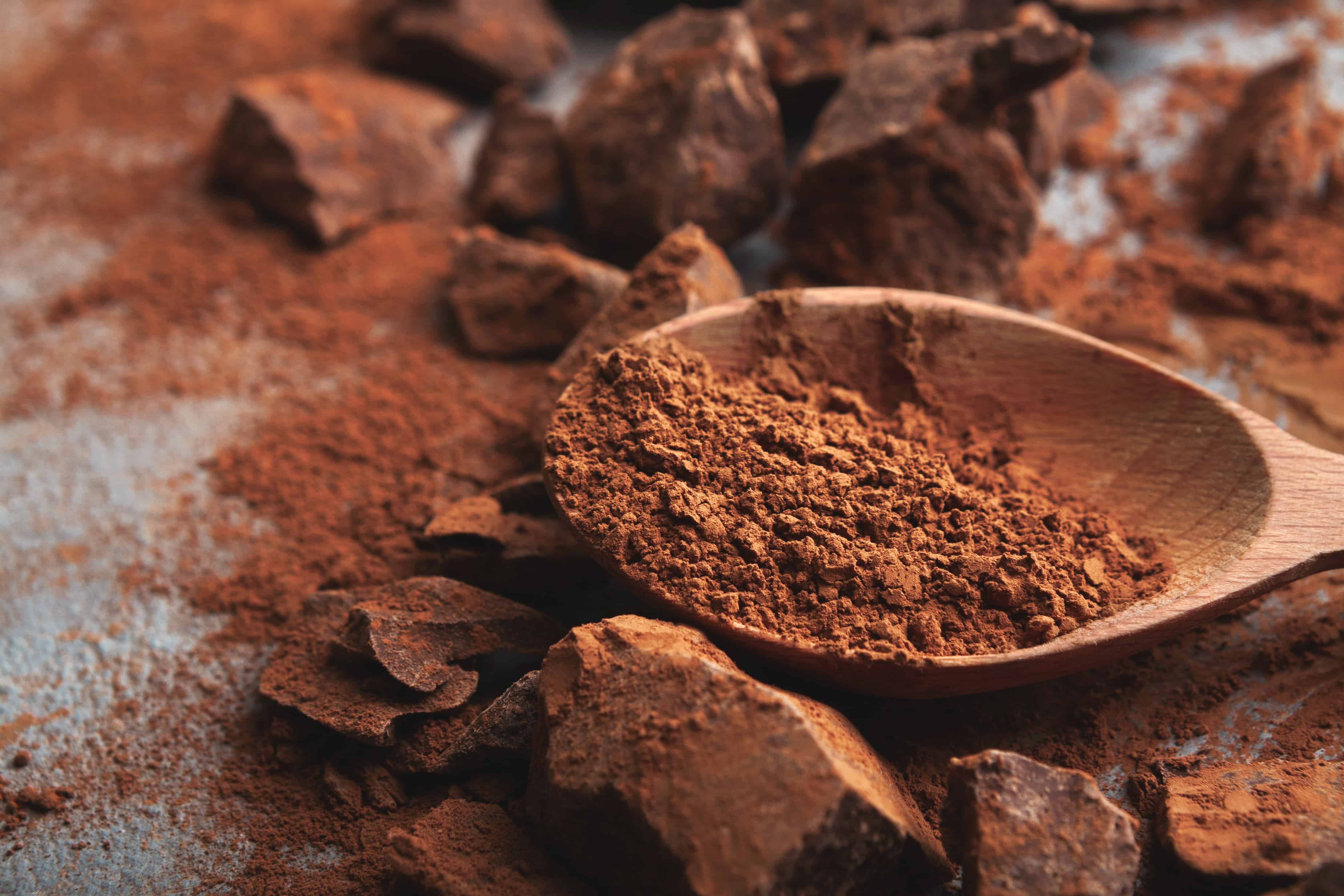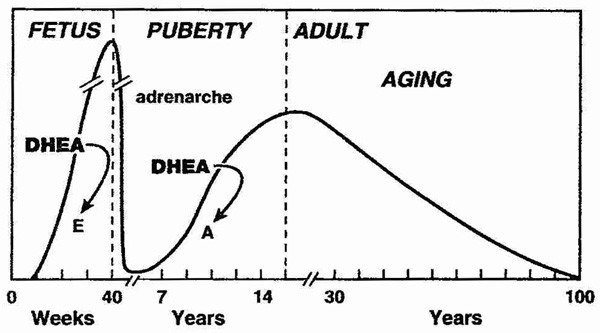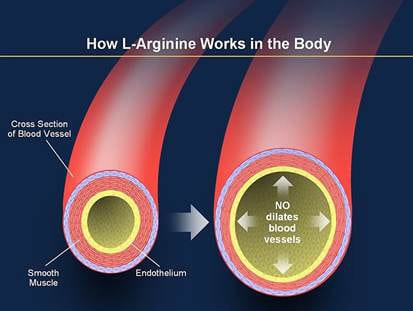Whey protein has become a staple nutritional supplement with both athletic populations requiring the highest possible quality protein to help recuperate from exercise, and those interested in the various health and disease fighting benefits of whey.
However, whey is a complex protein which leads to various questions regarding this biologically active protein. Some of this confusion has stemmed from the marketing efforts of various companies competing for sales in a very competitive market. Some of the confusion stems from a simple misunderstanding of the science of whey.
This Q&A will attempt to address some of the most common questions regarding whey as it applies to some of the major differences between types of whey, such as whey concentrates and whey isolates and other common sources of confusion. For in-depth information on whey and its many potential health benefits, read the “50 Shades Of Whey”
Q1:“What are the essential differences and advantages/disadvantages of each type of whey protein? Isolate, concentrates?”
The essential differences between concentrate vs. isolate are:
Advantages of Whey Protein Concentrate (WPC):
• Cost effective source of whey protein and benefits of whey when compared to isolates
• Approx 80% protein or higher
• Higher levels of beneficial phospholipids and various bioactive lipids, such as: conjugated linoleic acid (CLA), phosphotidyl-serine (PS), phosphtidyl-choline (PC), and sphingomyelin vs. Whey Protein Isolate (WPI).
Note: It’s essential to understand however that the actual doses of those beneficial lipids found in WPC are lower than the studies find needed for beneficial effects. For example, the benefits of CLA have been shown in various studies to require at least multi gram doses required for positive effects on fat mass (1) so the actual amounts of the lipids found in WPC will have minimal impact and should not be a major deciding factor in purchasing WPC per se…
Potential Drawbacks of WPCs:
• Compared to WPI, WPC contains higher levels of:
•lactose (milk sugar) and may not be suitable for people that are lactose intolerant
• fat\cholesterol
Advantages of WPI:
• >90% protein content
• Lactose free
• Non- fat.
• Highest possible protein content per serving
Potential Drawbacks:
• Higher cost compared to WPC
Q2: “Which forms of whey increases glutathione or improve immunity?”
The major issue for whey to be effective at increasing glutathione (GSH), is that it’s processed correctly under low temperatures and using a filtration process that retain the important protein sub-fractions in their undenatured state (2). The essential issue is that the WPC or WPI is processed correctly. Correct processing along the entire supply chain from milk to finished product (WPC or WPI) is the core issue. If WPC and WPI are processed correctly from start to finish then they will be superior for increasing glutathione and supporting a healthy immune system.
Q3: “How does hydrolyzed whey compare to ‘regular’ whey proteins?
Hydrolyzed whey may be of benefit to some athletes looking for fastest possible absorption and simple protein replacement, but hydrolyzed whey may not be as effective for improving GSH due to the damage caused by breaking the whey down into smaller peptides/ protein fragments which produces hydrolyzed proteins. Data examining that are lacking however and it would depend on the type and level of hydrolysis of the whey
Q4: “What are examples of marketing hype and terms in the whey industry that are meaningful vs. ones that are meaningless?”
There are a number of claims being made regarding whey that have caused considerable confusion. Some of these claims have a kernel of truth (but may not actually apply directly to whey) . For example, claims such as ”grass fed” whey is the only form that’s effective or acceptable for use.
In cattle, feeding them grass vs. grain does improve the lipid profiles of the meat, but it has no impact on the whey. It may slightly improve the CLA content of whey (see note above), but the difference is physiologically irrelevant and actual fat content ranges from a few grams per serving total for concentrates to fat free for isolates. There’s no difference in the quality of the protein between grass feed or grain feed between isolates and concentrates assuming either are correctly processed.
There’s been a recent trend to claim that whey isolates are inferior to concentrates, yet there’s no scientific data to support these claims and studies using isolates or concentrates find benefits. Early research used concentrates, and more recent studies, have used isolates (3,4,5) and found benefits, so again, there’s potential benefits and drawbacks to WPC vs. WPI (listed above) but either can be an excellent source of whey and all studies to date support that conclusion. Those claiming otherwise are more interested in marketing perception vs. science…
Another claim that’s been thrown about by some sellers of why concentrates is that proteins in “isolated form” cannot be assimilate by the human body. Considering the plethora of data that’s used various protein isolates (e.g., soy, whey, etc), including whey isolates, it’s a claim clearly not supported by the research nor even basic understanding of human physiology. Protein isolates, especially whey, are very easily digestive, absorbed, and assimilated. People seeing that claim by any companies selling whey, should be considered highly suspect.
Q5: “What are the differences in absorption rates between the whey proteins?”
Whey is considered a “fast” protein because of it’s rapid digestion and uptake (6). Whey is the highly soluble protein found in milk and it’s rapidly digested and absorbed in both isolate or concentrate form. Differences between absorption rates between one type of whey over another – assuming it’s an undenatured whey product – would be negligible. Due to it’s lactose and fat contents, concentrates would digest slightly slower than isolates, but differences would be negligible and of no biological importance.
Q6: “Are there Antibiotic and pesticide residues found in whey?”
Several studies have found that in a small number of cases anti-biotic residues could be detected in commercial milk. This has caused some people to use organic non-treated milk. Major manufacturers of whey protein powders test constantly for anti biotic residues, as the milk industry in general does.
The major whey manufacturer tests every single batch of incoming milk for anti-biotic residues and reject any batch that that’s found to be above acceptable limits, which are extremely low. After the milk goes through processing to high grade whey, anti-biotic residues are in the non-detectable (ND) range, which means if they exist at all, they are below the threshold of detectability of the testing method used, which is extremely sensitive and able to detect such compounds in the parts per billion (PPB) or trillion (PPT) range. However, some people may still prefer to use what’s considered “organic” whey which means produced from cows milk certified organic.
Q7: “Does whey derived from cows that are treated with Recombinant bovine growth hormone (rBGH) pose a risk to humans?
It’s essential to remember the data looking at this topic is on milk, not whey. Whey is a component of milk, but goes through considerable additional processing to become whey. Extensive amount of data does not find added risks to human beings ingesting milk from rBGH treated cows. For example,
• The National Institutes of Health (NIH) looking at this issue stated “The composition and nutritional values of milk from bST-supplemented cows is essentially the same as milk from untreated cows… (M)eat and milk from rbST-treated cows are as safe as that from untreated cows.” (NIH Technology Assessment Conference Statement on Bovine somatotropin. JAMA. 1991:265:1423-1425).
• The Journal of the American Medical Association (JAMA) said on the issue “The FDA has answered all questions and concerns about the safety of milk from bST-supplemented cows…” (JAMA. 1990:264:1003-1005).
• The journal Science stated “The data evaluated by the FDA documented the safety of food products from animals treated with rbGH.” (Bovine Growth Hormone: Human Food Safety Evaluation. Science. 1990:249:875-884.).
• The World Health Organization, American Medical Association, American Dietetic Association, and the National Institute of Health have independently concluded that dairy products (and meats) from rBGH treated cows are safe for human consumption.
The above does not mean rBGH is without ongoing controversy and continues to be a contentious topic for various reasons. Some of the reasons are unrelated to human health per se, but the health of the animals being treated with rBGH or other reasons. People can choose to use whey products derived from non- rBGH treated cows if they wish, but should be aware the evidence does not support a health risk to humans to date and similar to comments above regarding anti-biotic residues, what can be detected in milk does not always transfer to the final whey product due to extensive processing steps.
Q8: “It’s said that during the process of producing hydrolyzed whey protein, it goes under a denaturing process. What exactly does the term ‘denature’ mean?”
Whole proteins (such as whey) are three-dimensional molecules, and their ‘functionality’ often dependent on that three-dimensional shape. When a protein is “denatured” by various methods; heat, chemical, mechanical, etc, it loses its “native” three dimensional shape and no longer has biological activity. This does not mean all denatured protein is bad; some proteins are improved by denaturing (such as eggs) but proteins such as whey need to be processed correctly as to not lose their “native” three dimensional shape to be biologically active (i.e. increase glutathione), enhance immunity, , and other beneficial effects of whey. It needs to be emphasized that the proper three dimensional shape of a protein is vital to its activity and improper processing (such as high temperature) will cause a loss of that critically important three dimensional shape of the protein and thus its activity. This fact is why a low temperature microfiltration processing technique is essential for creating the best whey protein product containing high levels of undenatured whey protein in their active three dimensional shape.
NOTE: If interested in additional information, there’s a whey video series on this site, various articles, and 50 Shades Of Whey Report.
Citations:
(1) Gaullier JM, et al. Conjugated linoleic acid supplementation for 1 y reduces body fat mass in healthy overweight humans. Am J Clin Nutr. 2004 Jun;79(6):1118-25.
(2) Bounous G, Gold P. The biological activity of undenatured dietary whey proteins: role of glutathione. Clin Invest Med. 1991 Aug;14(4):296-309.
(3) Cribb, P. et al . “The Effect of Whey Isolate and Resistance Training on Strength, Body Composition, and Plasma Glutamine”. International Journal of Sport Nutrition and Exercise Metabolism. Human Kinetics, Inc. 2012-04-04.
(4) Yang Y, et al. Resistance exercise enhances myofibrillar protein synthesis with graded intakes of whey protein in older men. ) Br J Nutr. 2012 Nov 28;108(10):1780-8.
(5) Sheikholeslami Vatani D, Ahmadi Kani Golzar F. Changes in antioxidant status and cardiovascular risk factors of overweight young men after six weeks supplementation of whey protein isolate and resistance training. Appetite. 2012 Dec;59(3):673-8.
(6) Boirie Y, et al. Slow and fast dietary proteins differently modulate postprandial protein accretion. Proc Natl Acad Sci U S A. 1997 Dec 23;94(26):14930
Will Brink is the owner of the Brinkzone Blog. Will has over 30 years experience as a respected author, columnist and consultant, to the supplement, fitness, bodybuilding, and weight loss industry and has been extensively published. Will graduated from Harvard University with a concentration in the natural sciences, and is a consultant to major supplement, dairy, and pharmaceutical companies.
His often ground breaking articles can be found in publications such as Lets Live, Muscle Media 2000, MuscleMag International, The Life Extension Magazine, Muscle n Fitness, Inside Karate, Exercise For Men Only, Body International, Power, Oxygen, Penthouse, Women’s World and The Townsend Letter For Doctors.
He’s also been published in peer reviewed journals.
Will is the author of the popular e-books, both accompanied by private members forum access , Bodybuilding Revealed & Fat Loss Revealed.
You can also buy Will’s other books on Amazon, Apple iBook, and Barnes and Noble.








Hi Will,
I’ve noticed anecdotally (personal use and input from friends) that concentrate causes constipation (typically optimum or muscle milk brands). The isolate doesn’t have this side effect (45 to 60 grams protein per shake; 1-2 shakes per day). Additionally I’ve noticed that the concentrate (my personal use only) can cause nausea while the isolate doesn’t.
Have you seen in anything in the data or observed this effect working with clients?
Can’t say I have Jim. Stomach upset and or nausea may be due to some being sensitive to the lactose in WPC would be my guess.
Thanks Will.
Hi Will,
One interesting question arises then: How much do you think pasteurisation alterates the bioactivity of milk proteins? The vast majority of whey produced here comes from pasteurised milk.
It depends on the pasteurisation. Time and temps to maintain the whey are well known to large manufacturers.
I did my research in the meantime and found that our (I live in Europe) “standard” pasteurisation (72ºC, that’s 160º F for 15 sec) denaturates part of the proteins in milk, especially soluble proteins.
Can i mix my powdered glutamine and powdered glycine in hot water as well as my creatine?
Hey Will
I was wondering what your thoughts are on differences in purity between whey? I hear about reports that some whey brands, such as those made in China, have a lot of bad chemicals in them. what you think about getting whey from places like walmart, like the big cheap tubs vs opt. nutrition or something? I.E does brand matter in terms of purity and is it even something to be worrying about.
Thanks
I have not seen any recent tests in terms of purity or chemicals in whey, but as a general rule, you tend to get what you pay for. As rule, I tend avoid products soured from China if possible, as I don’t trust their QC, etc, but you don’t always know either. See my vids and radio show here on “how supplements get made” and such for more info.
Hey Will,
Thank you this articles, it was very helpful in learning the difference between the two Whey proteins. I’m getting ready to start working out and wanted to know if you can make a comparison (other than price) between the Body Fortress Whey protein sold by Walmart and the other brands sold elsewhere. If not Body Fortress which one would you recommend within a reasonable price range.
Thanks,
Pete Reyes
Hi Will,
You always talk about a great topic that I love.
Protein powder that is.
I figure this Will, if you have no bad reactions to whey protein concentrate,but are a little short on cash–go for that option. If you do have the cash go for the Isolate. I would say yes, Isolate that’s grass fed is cleaner if I’m correct Will. I buy concentrate mainly in bulk, from a well known canadian maker of it. I save a lot of cash!
I swear whey is a magic pill, so to speak. especially when you talk about it’s immune system enhancement–and great benefits after workouts.
Okay, I’ll stop stealing your thunder Will.
Sorry about that. I love talking about Whey.
I think the article is a keeper to not just put in one’s email–but literally tape it on my wall or computer.
You have the template for knowing how to pick the right protein for us.
Thanks Will.
bill how good is on100 % protein powder for glutathione is it processed to enhance imunity, thanks bill, have a saf day, see you at the gym.
I don’t know where they source it/how it’s produced, so I could not give you a concise answer. ON is owned by Glanbia, and they’re a great company, so that bodes well, but that’s about all I can really say on it.
Recently I noticed “Clear Whey Protein Isolate” has appeared as an option alongside the usual whey protein isolate products. One company called it a “protein revolution”. It would be interesting to know how it is made, why it is clear, and the advantages and disadvantages compared to regular whey protein.
Perhaps it could be the subject for a future article.
If they don’t supply science based sources from peer reviewed journals and such and made claims that sound too good to be true, you know the answer…